What are the guidelines for writing common introductions for literary argumentative essays? What are the requirements for assessing the learning and training results of 6th-grade students in Vietnam?
What are the guidelines for writing common introductions for literary argumentative essays in Vietnam?
Students can refer to the following guidelines for writing common introductions for literary argumentative essays in Vietnam:
(1) Direct Introduction
- Go straight to the point, and directly introduce the author and the work. For example:
Literature is a mirror reflecting life, helping people to better understand the humanistic values and beauty of the soul. In Vietnamese literature, the work [Title] by [Author] is one of the exemplary works, deeply reflecting [main theme/art].
[Author] is a prominent writer/poet in Vietnamese literature with a [style feature] style. His/her work [Title] has left a deep impression on readers thanks to [main content, artistic value].
(2) Indirect Introduction
- Lead from a general issue before introducing the work. For example:
In life, [theme of the work, e.g., love for the homeland, human fate, moral values...] always serves as an endless inspiration for poetry and literature. The writer/poet [Author] has conveyed these sentiments into the work [Title], bringing readers profound feelings about [ideological/artistic values].
Literature not only reflects life but also conveys profound human philosophies. The work [Title] by [Author] is a clear example, helping readers to feel [meaning of the work] through emotionally charged writings.
(3) Introduction with a Famous Quote
- Lead with a famous saying, then introduce the work. For example:
Writer M. Gorki once said: “Literature is a human study.” Indeed, great literary works not only reflect reality but also enrich the human soul. The work [Title] by [Author] is one such work, helping readers better understand [main theme of the work].
“Art is not a deceptive moonlight but a cry of pain coming from suffering fates” – Nam Cao. Literature always binds with life and reflects reality in the most truthful manner. The work [Title] by [Author] is an emotional painting about [content, theme of the work].
(4) Introduction by Comparison
Compare the work with another piece having the same theme to lead. For example:
If [Work A] by [Author A] deeply reflects [common point], then [Work B] by [Author B] explores this issue from a novel perspective. In [Work B], the writer provides a moving story about [content of the work], making readers ponder.
In Vietnamese literature, many works have successfully depicted [some theme, e.g., fate of women, beauty of nature, patriotism...]. While [Work A] dives into [some aspect], [Work B] by [Author] presents a different perspective on [theme], leaving a profound impression on readers.
(5) Introduction by Stating the Context of Creation
- Present the background of the work’s creation to lead. For example:
A literary work is not only the crystallization of personal emotions but also reflects the breath of the era. [Title] by [Author] was born in the context of [historical, social circumstances, author's life], deeply reflecting [theme, ideology].
Created in [time of creation], [Title] by [Author] bears the mark of the era. The work not only serves as a realistic picture of [main content] but also conveys profound philosophies about [ideological value].
(6) Introduction with Personal Impression
- Express one's emotions and thoughts to create appeal, for instance:
- Some literary works are not merely stories but touch the deepest parts of the reader's heart. [Title] by [Author] is one such work. Reading it, I was captivated by [remarkable feature] and profoundly moved by [theme/content].
- The first time reading [Title], I felt an unforgettable sensation. Every word and every image in the work seemed to touch my heart, making me deeply appreciate [content value]. The writer [Author] truly left a profound mark in readers' hearts through this work.
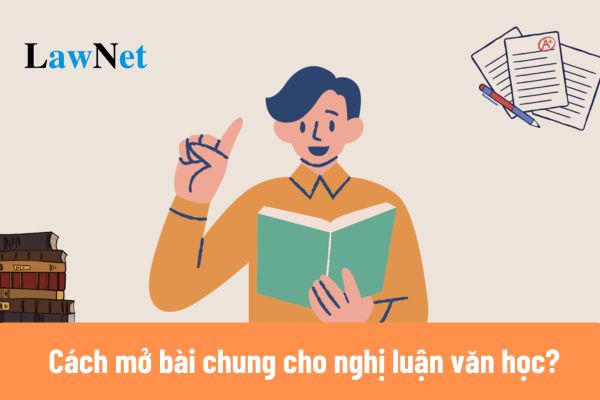
What are the guidelines for writing common introductions for literary argumentative essays in Vietnam? (Image from the Internet)
What are the perspectives on developing the Literature curriculum in Vietnam?
According to the General Education Program for Literature issued with Circular 32/2018/TT-BGDDT, the perspectives on developing the Literature curriculum are as follows:
The curriculum adheres to the basic regulations stated in the General Program while emphasizing several perspectives:
- The curriculum is developed on theoretical and practical foundations, updates on research achievements in education, psychology, and teaching methodology of Vietnamese literature; achievements in literature and linguistics research; achievements in Vietnamese literature across various periods; experiences in developing Vietnamese literature curricula, particularly from the early 21st century until now, and international trends in curriculum development in general, and the curriculum in particular over recent years, especially from developed countries; societal practice, education, economic conditions, and Vietnamese cultural tradition, especially the diversity of students in terms of regions, conditions, and learning abilities.
- The curriculum focuses on training communication skills (reading, writing, speaking, and listening) as a central theme throughout all three education levels to meet the program's capacity-oriented direction and ensure coherence and continuity across all grades and levels. Fundamental, foundational knowledge about the Vietnamese language and literature is formed through activities in comprehending and creating texts; directly serving the requirement of training in reading, writing, speaking, and listening skills.
- The curriculum is developed with an open approach, reflected in not specifying detailed teaching content but stipulating the outcomes needed in reading, writing, speaking, and listening for each grade; delineating some basic, core knowledge about the Vietnamese language, literature, and some texts with a significant, crucial position in national literature as mandatory content for students nationwide.
- The curriculum meets both the innovation requirements and emphasizes inheriting and enhancing the strengths of existing Vietnamese literature curricula, especially the current one.
What are the requirements for assessing the learning and training results of 6th-grade students in Vietnam?
Under Article 4 of Circular 22/2021/TT-BGDDT, the requirements for assessing the learning and training results of 6th-grade students in Vietnam are as follows:
- Conduct assessment based on requirements under formal education program.
- Conduct assessment while ensuring accuracy, integrity, fairness, honesty, and objectivity.
- Conduct assessment via multiple methods, forms, techniques, and tools; combine regular assessment and periodic assessment.
- Conduct assessment for student’s improvement; prioritize motivating and encouraging efforts of students in training and learning; do not compare students with one another.



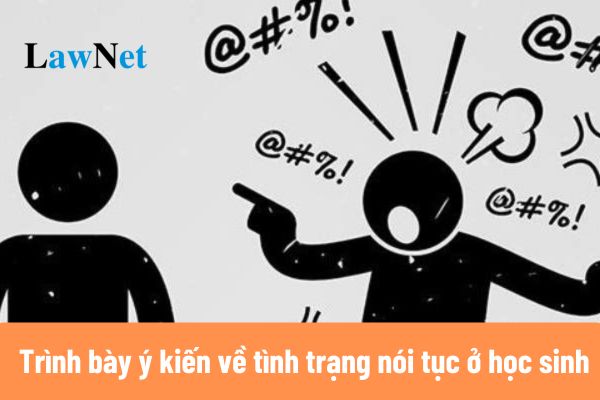
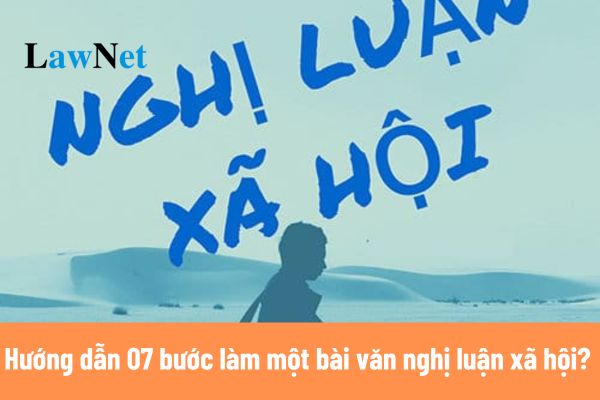

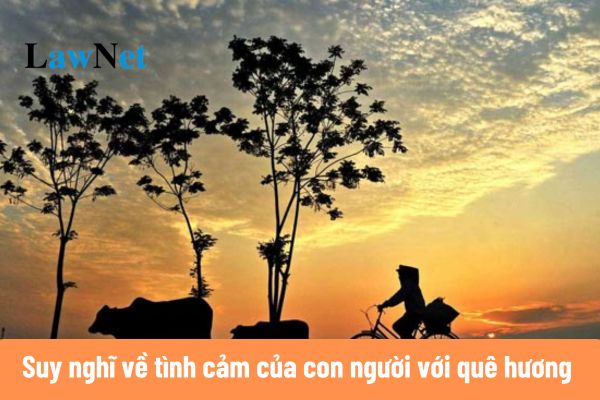
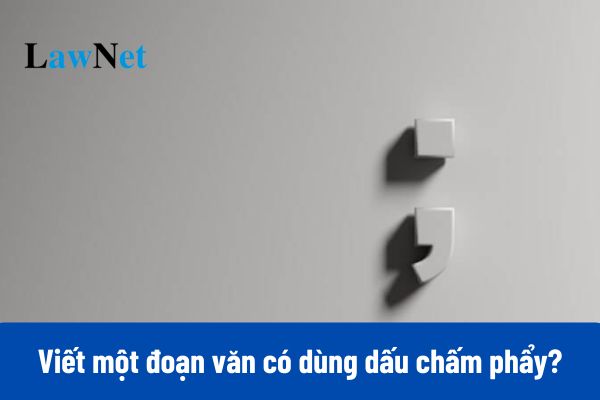


- Trade Union of the Education Sector Proposes Review and Cross-check of the 2% Trade Union Funding and Membership Fees for the Year 2024
- What are the penalties for stopping a vehicle to wear a raincoat in Vietnam under Decree 168? Which types of motorcycles can students in Vietnam operate?
- Vietnam: What are the 04+ sample argumentative essays on a life matter that you approve?
- What are the guidelines for preparing the lesson "Cuộc chạm trán trên đại dương" for 7th-grade students in Vietnam? What are the responsibilities of Literature teachers in assessing 7th-grade students in Vietnam?
- When does Circular 29 on extra classes in Vietnam come into force? What are the conditions for organizing external extra classes in Vietnam?
- What is the sample outline for an essay retelling the story "Sự tích cây thì là" for 5th-grade students in Vietnam? What types of essays must 5th-grade students in Vietnam be able to write?
- What are the sample descriptive essays on plants for 4th-grade students in Vietnam? What are the compulsory subjects for 4th-grade students in Vietnam?
- What are the 03+ sample letters to relatives for 4th-grade students in Vietnam? What are the required outcomes regarding writing practice for 4th-grade students in Vietnam?
- What are the contents of a teacher's end-of-year review in Vietnam?
- What are the guidelines for filling out the quality assessment and grading sheet for public employees who are teachers in Vietnam?

